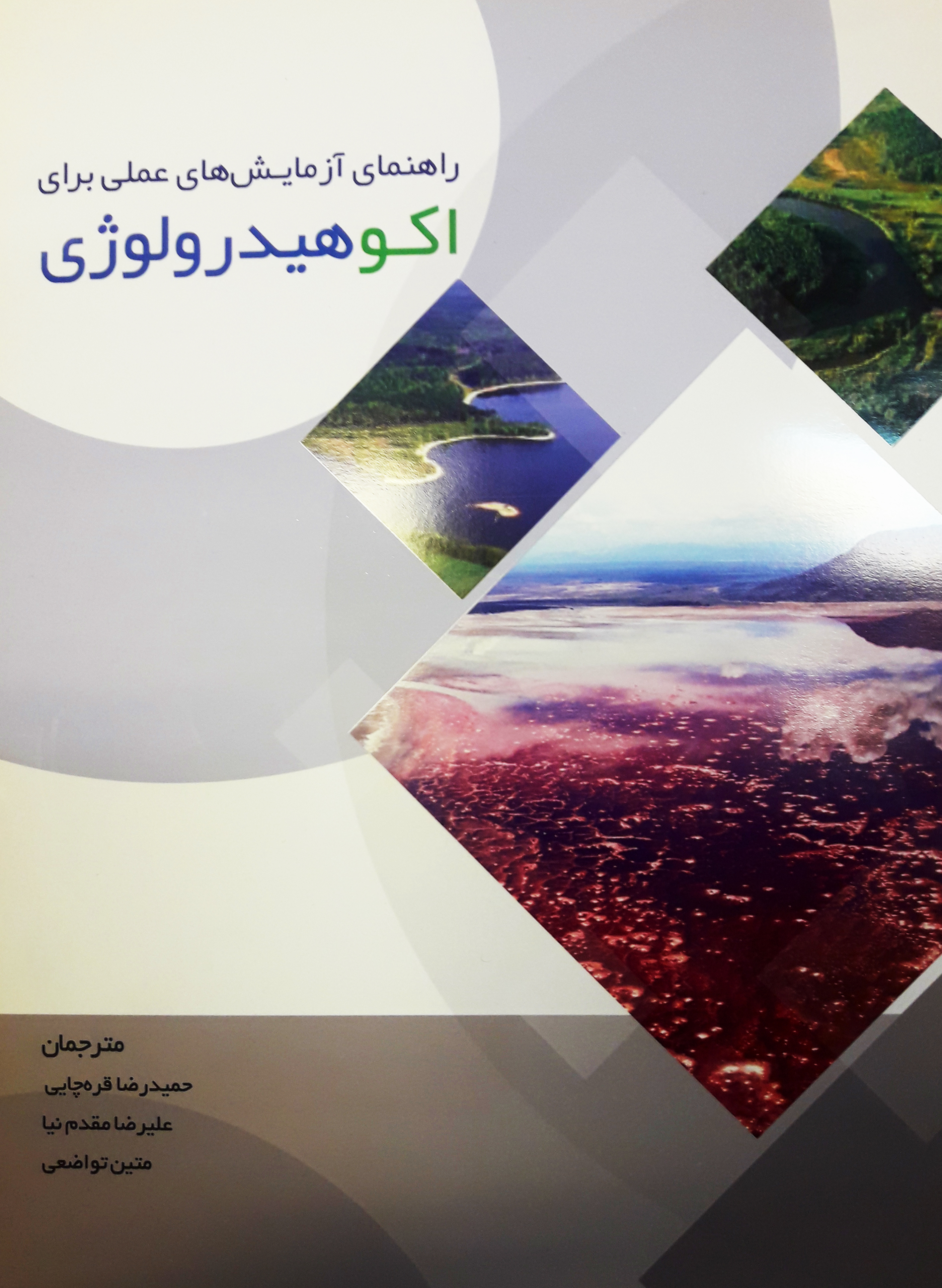
Aquatic ecosystems are under increasing pressure worldwide. Increasing urbanization, intensive agriculture practices and industrialization are some of the factors contributing to water quality degradation and biodiversity loss.
Cumulatively, climate changes are affecting hydrologic cycles and will pose in the near future more problems to water quantity and quality, in different world regions.
Aquatic ecosystems are very dynamic and are changing fast. Alien species are spreading very fast and threatening biodiversity. Rivers, estuaries and coastal areas are affected by reservoirs and dams. Consistent trend of human migration toward coastal regions increase stress and degradation on estuaries and coastal areas.
All the existing facts and the forecast scenarios call for integrated solutions for water quality and quantity sustainability. Solutions must be based on a deep knowledge of ecosystem processes and functioning. Ecohydrology is a scientific concept applied to environmental problem-solving. It quantifies and explains the relationships between hydrological processes and biotic dynamics at a catchment scale. The concept, developed by the UNESCO International Hydrologic Programme (IHP) and the Man and Biosphere Programme (MAB), is based upon the assumption that sustainable development of water resources is dependent on the ability to restore and maintain evolutionary established processes of water and nutrient circulation and energy flows at the basin scale. Using ecosystem properties as a management tool enhances carrying capacity of ecosystems against human impact. This approach is supported by a profound knowledge of ecosystems functioning, as a basis for twinning the interplay between hydrologic and ecological factors, in order to increase ecosystems robustness and resilience to anthropogenic impacts.
The notion that water quality and biodiversity can be controlled by managing hydrologic parameters, as residence times or freshwater discharge volumes, or biological parameters, as the presence of riparian vegetation or filter feeders, an that integration with existing infrastructures can be made in a synergetic way, are novel approaches to water sciences.